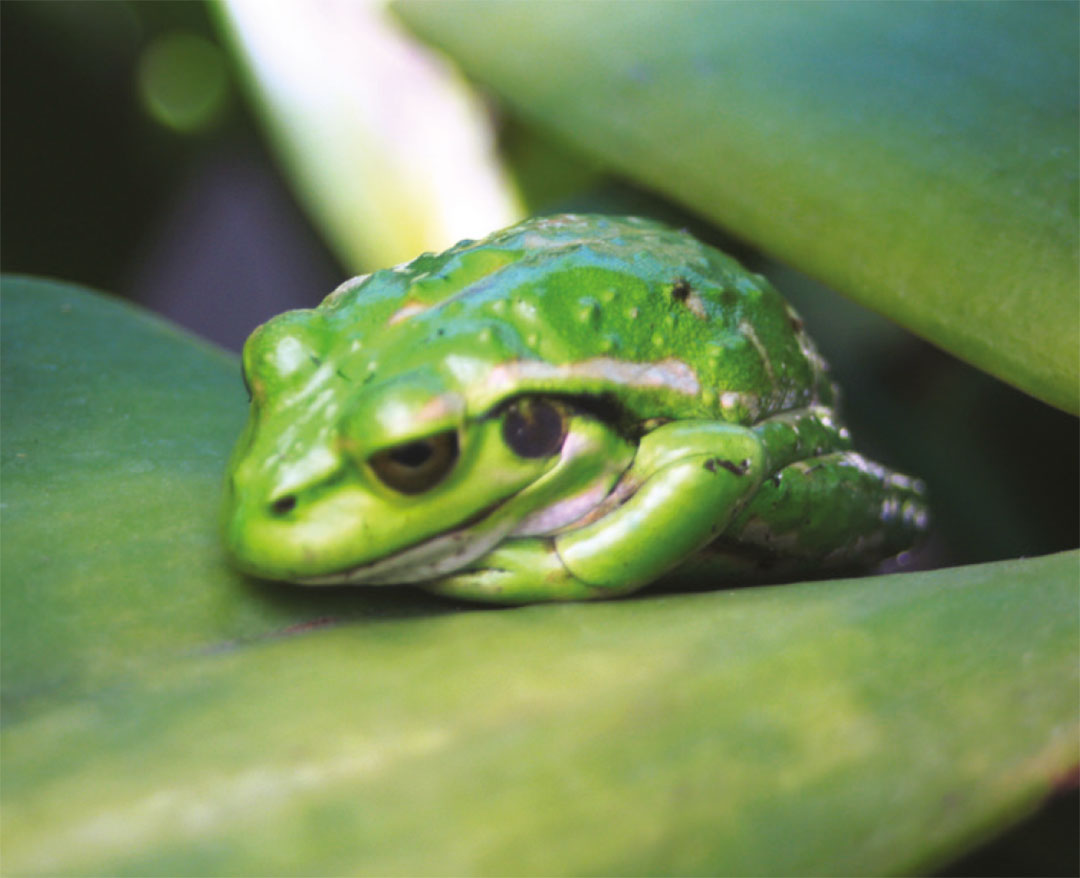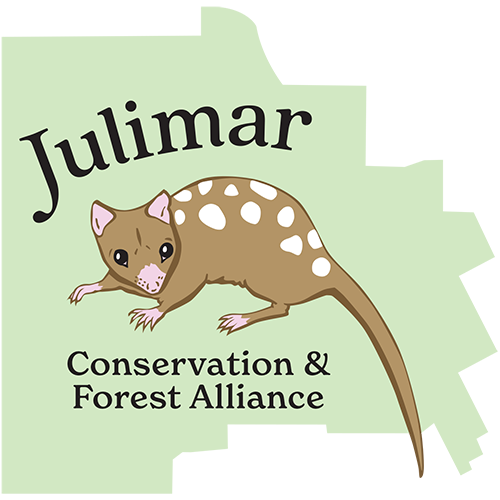By Desrae Clarke
Have you heard of the fatal disease of frogs known as Chytrid (pronounced chitrid) Fungus? If this occurs in our frogs it can be fatal and destroy a total population.
The fungal infection has a total period of infection of 20 days. A frog may appear healthy until suddenly succumbing to the effects. Obvious signs and symptoms of an infected frog may initially be lethargy and a reluctance to move its hind legs into a normal position. The frog may tremble and also appear to have a fit.
The disease may advance to sloughing of the skin on the belly and/or the legs. The fungus attacks the hard, protective layer secreted by the outer cells of the skin, known as keratin. It is thought to cause an osmotic effect, the drawing of fluid out through the skin. This results in a chemical imbalance of the frog’s skin. A frog takes its water requirement through the skin and mainly breathes through the skin.
The disease can be transferred from a soiled, moist area to one that was previously clean, resulting from transferring tadpoles or frogs to or from another area. The disease can also be transferred by bringing in wetland plants from a nursery that has infected soil.
The Chytrid Fungus is found around the world with a noticeable loss of frog species.
If it is suspected that a frog has been found suffering from the Chytrid Fungus, please notify Wildcare on 9474 9055 for advice.
A photo of the animal is also of great assistance in the identification of the complaint
This article was published in the April 2025 edition of the Toodyay Herald, p. 33.
The Toodyay Naturalists’ Club welcomes sightings and observations of flora, fauna and all areas of natural history. To add your sightings, email secretary@toodyaynats.org.au or submit a sighting via our online form.




